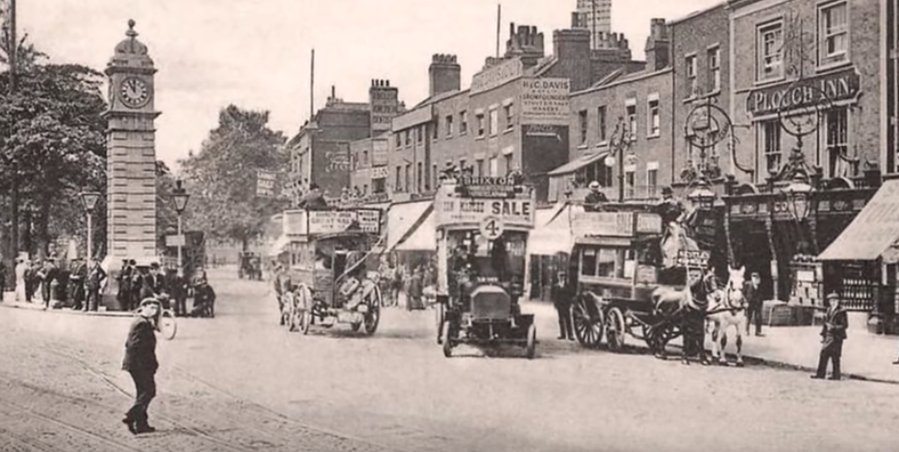A portion of Interstate 10 near Indio, Calif., is called the Doctor June McCarroll Memorial Freeway. It honors the woman credited by the California Department of Transportation with the idea of using a line in the center of the road to mark two separate lanes. Her idea reportedly sprouted in 1917, when she and her Ford Model T came face-to-face with a truck before running off the paved highway. But according to The History Guy on YouTube, this was not the first instance of road markings.
The video host takes it all the way back to 1300 when Pope Boniface VIII hosted a Catholic Jubilee in Rome. Lines were painted down the middles of the roads not to determine sides but to create paths for different types of traffic such as horses, carts and people. In 1600, different colored stones marked the center dividing line of roads near Mexico City, and in 1792, "keep to the right" laws passed in France and the United States. But it wasn't until the car came around and gained popularity that a strict need for road markings emerged.
By 1929, there were 86 cars per 1,000 people in the United States, a remarkable growth curve. With all the cars populating and crowding roads at much higher speeds than wagons and buggies, safety suddenly became a major concern. The Michigan Department of Transportation says the first example of a lane-splitting divider line came in 1911 near Detroit, at the suggestion of Edward N. Hines.
It wasn't until 1930 that the idea earned any sort of official guidelines, however. The National Conference on Street and Highway Safety published a manual that detailed several instances in which street markings should be used. From there, the process, use, and application was refined with further restrictions and rules, such as dashed lines to signal areas good for passing.
The video goes into much more detail about these origins and also provides some great video and photos of old-time driving. Check out this 12-minute clip.
Похожие новости

